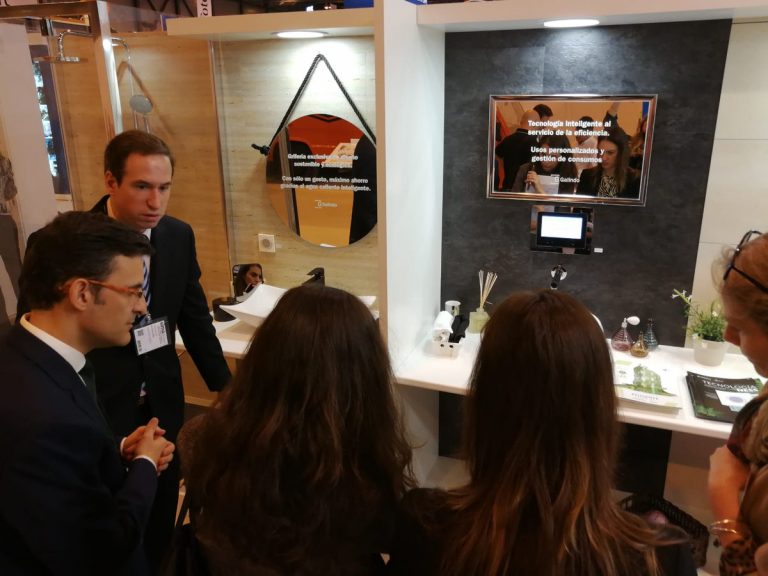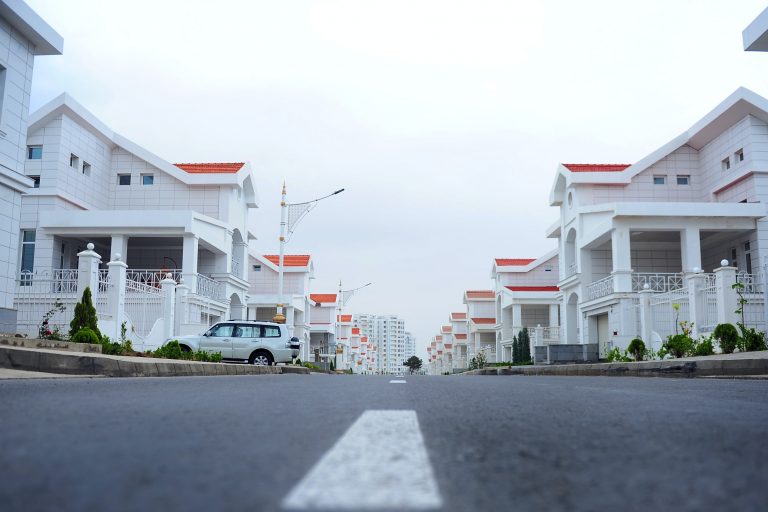Currently the average daily consumption of a person in Spain is 133 litres according to the INE. Drinking water is a limited resource and the use made of it continues to be excessive, despite the trend in recent years, where water consumption has been gradually reduced.
How does water smart water influence this data?
Smart water is the set of devices and installations that allow the automation and more efficient management of water consumption in a house. It also provides security and control in the home.
Normally this type of technology is used for smart irrigation, water saving, real time monitoring and allows it to be used in a more efficient and environmentally friendly way. Beyond its applications, home automation allows to automate processes, improving the quality of life of those who enjoy it.
An example of smart water are the Presto Go System or Galindo NESS Confort System products, which have the WAISENSE COMFORT technology, that allows hot water to be enjoyed automatically. When activated, the system sends the cold water from the pipes back to the water circuit, so that when a person wants to take a shower, they do not have to leave the tap running until the hot water comes out.
This type of technology can be used in both homes and businesses. An example would be gyms, hairdressing salons or hotels, whose water consumption volumes are much higher. In this way we would avoid all the waste that is produced when waiting for hot water.
Why is it good for the environment?
They contribute to reducing the carbon footprint, reduce the average water consumption per inhabitant and have a positive impact on the environment. They also reduce electricity consumption to a certain extent and enhance other energy efficiency systems, such as solar panels or the double branch.




